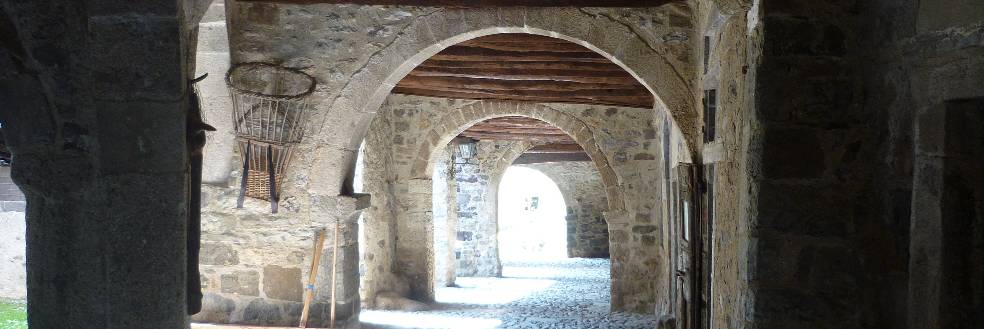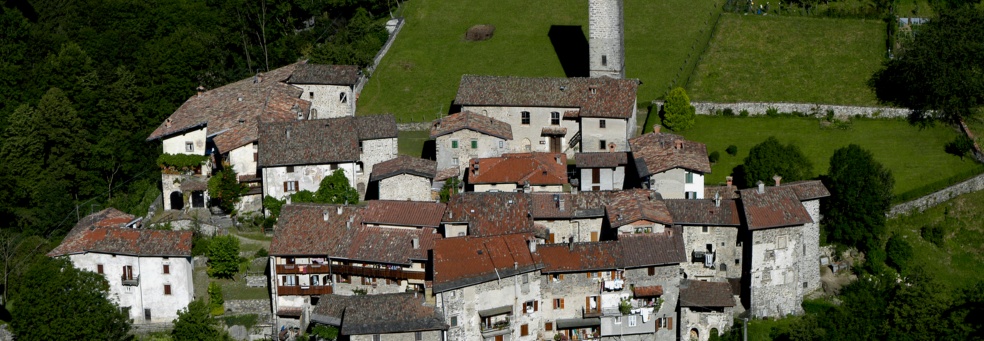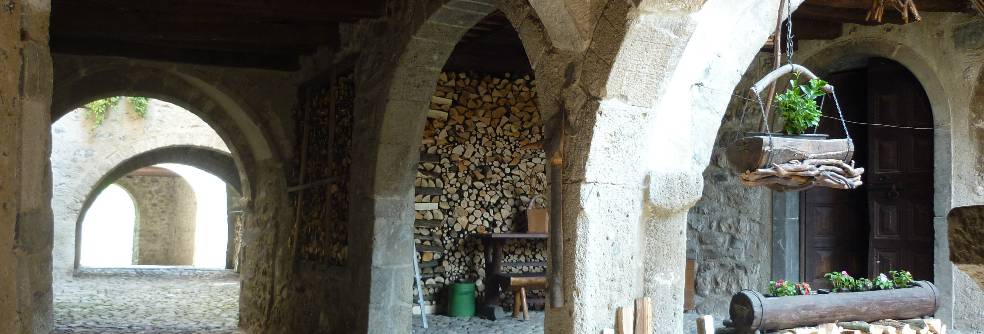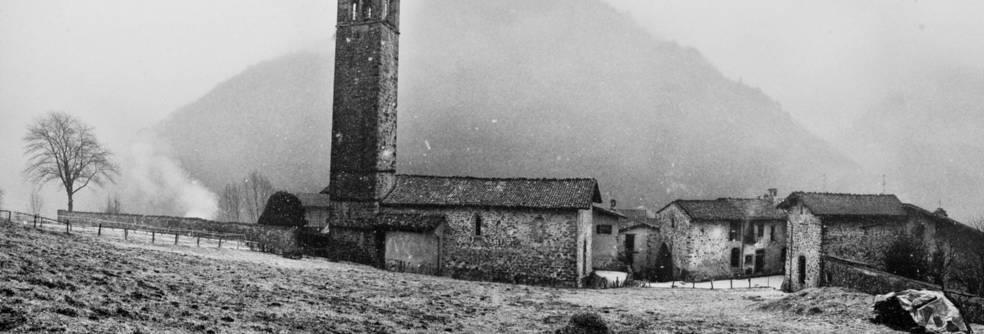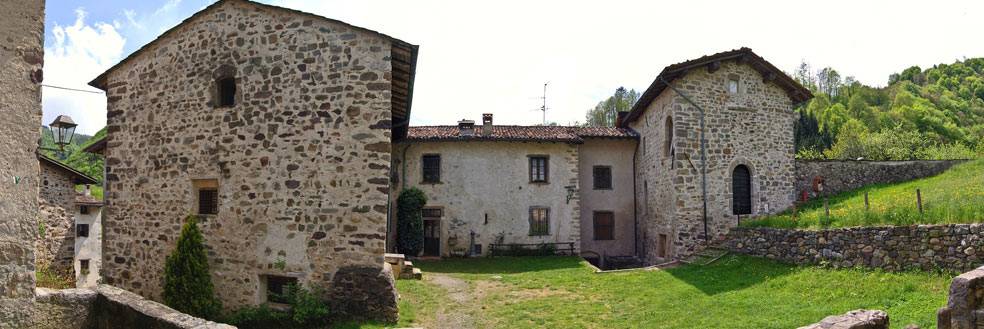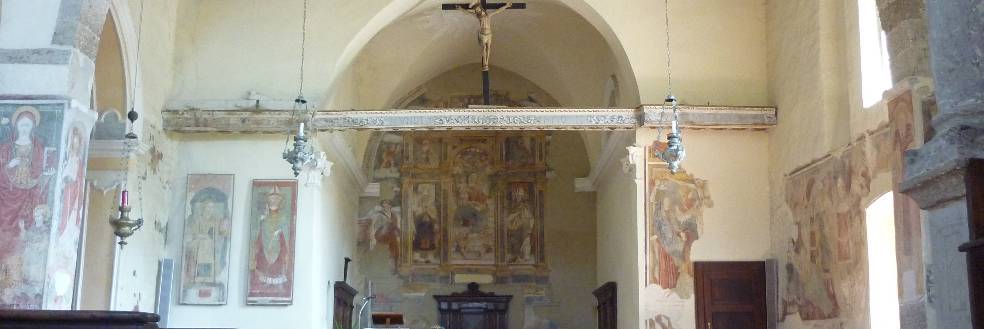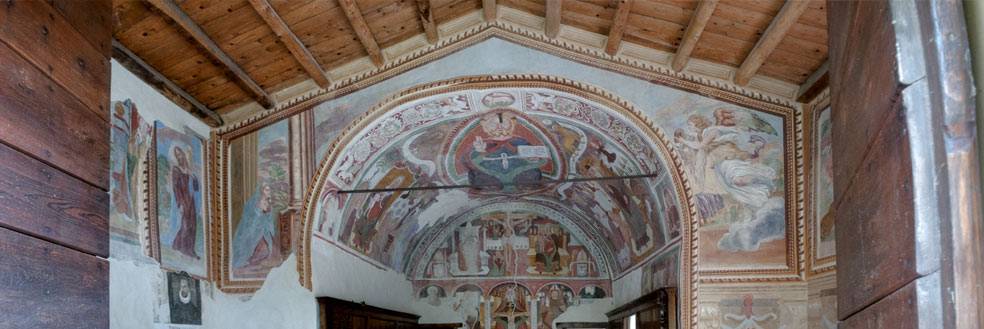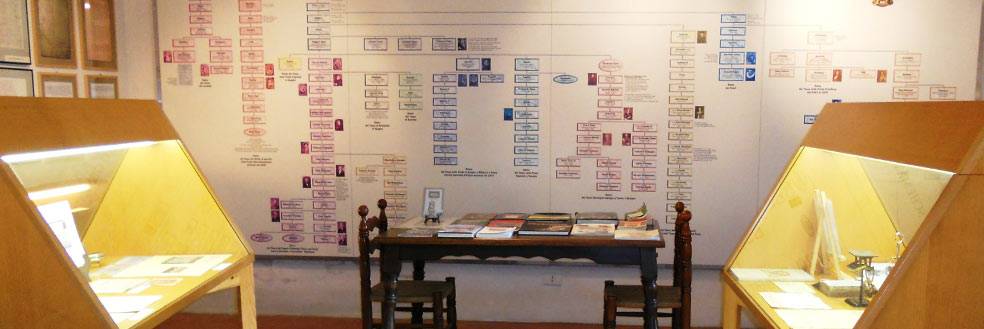The Museum

The Tasso and Postal History Museum is a civic museum managed by the Municipality of Camerata Cornello.
The museum is located in the medieval village of Cornello dei Tasso and was founded in 1991.
Cornello was the birthplace of the Tasso family, famous worldwide for Torquato Tasso's literary work and the entrepreneurial skill of some of its members, who founded and managed the European postal service for centuries.
The Museum is divided into six exhibition spaces, each developing and exploring the history of postal services and the history of the Tasso family. Here, in fact, numerous documents related to their activity in managing postal services are preserved, and, more generally, to the history of information transmission, including a letter from 1840 franked with the world's first postage stamp, the famous Penny Black.
The museum itinerary unfolds across three buildings in the village.
Building 1
First Room
The first room, located on the first floor of the building housing the reception, library, and educational services, is dedicated to the local territory and its relationship with the Tasso family.
Building 2
Second, Third, and Fourth Rooms
The second room explores the Tasso family's postal activity in the Italian Peninsula and in Europe, with a focus on the literary figures Bernardo and Torquato Tasso. The third and fourth rooms cover various topics related to the world of postal services, such as travel, the meanings of signs and symbols found on letter endorsements and covers, epidemics, and disinfection.
Building 3
Fifth and Sixth Rooms
The fifth and sixth rooms narrate the changes that occurred in information transmission starting from the 19th century. The sixth room also features a section dedicated to Mail Art and philatelic collecting.
Currently, the museum's collection is partially accessible due to reinstallation following the museum's renovation work. A portion of the museum's collection is displayed in the first exhibition room of the museum (Building 1, where the entrance and reception area are also located); the other rooms are temporarily closed.
